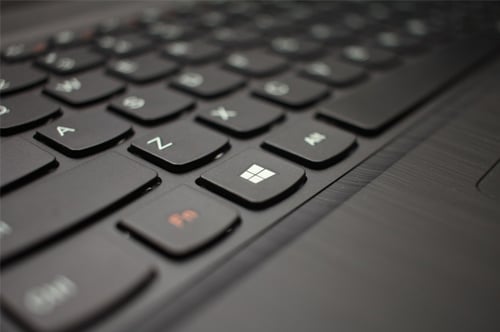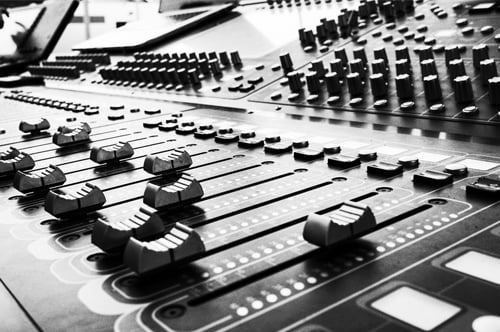Custom graphic overlays – or Fusion graphic overlays as we at Evans Graphics otherwise know them as – have several key functions.
Firstly, they add a layer of protection and durability to equipment intended for regular use.
Secondly, they make for a good user interface, providing visual clues on exactly how to operate said equipment.
Thirdly, they give manufacturers an opportunity to increase brand awareness through design.
And finally, they conceal the inner workings of machinery in much the same vain as a bonnet does a car engine.
Put simply, graphic overlays are vitally important and a key component of some our best loved electronic products.
Yet it’s not just domestic appliances that are reliant on such designs either. These printed items are commonplace in the construction, medical and security sectors, to name a few.
The accessibility and longevity of a product is often reliant on a well-designed fascia.
But what are the key considerations when planning your own? We’ve shared a few tips…
Material

Placement is perhaps the biggest factor. Where will your product be positioned and in what conditions? The answers to these two questions will go a long way to determining what material you should print onto.
Anything likely to be used outside is best created using polycarbonate. There are several reasons for this, with the fact it’s hard-wearing chief among them.
Polycarbonate is able to withstand high temperatures and has the added benefit of being transparent. From a print perspective, it is also easily cut and finished.
Polyester is similarly effective, if a little less durable, and between them these two substrates have become the go-to for most custom graphic overlays.
Sizing
There are no restrictions on the shape and size of graphic overlays, which can be custom printed to your exact specifications. Of course, the dimensions of the machinery it’s intended to fit should govern this…
It serves to pay close attention to borders and outlines. If these are placed in close proximity to outer edges, there is a danger of mis-registrations being visually accentuated. This will compromise the design entirely and render it unusable.
Colours
Again, you can adopt any colour scheme you wish when designing your graphic overlay, but legibility should be uppermost in your thoughts.
Light text on dark backgrounds tend to prove most effective, if only because they’re easier to read.
Similarly, block lettering is easily processed, and standard fonts leave little doubt as to what you’re being told.
The design of fascias is in effect a careful balancing act.
You want to draw attention to your product and bright, sharp design will certainly help with that. By the same token, you cannot forget its two primary objectives – to be both functional and informative.
Windows

Adhesive free clear or tinted windows along with ‘secret til lit’ text areas are also options within any design.
Labelling
Many overlays are destined for controlled environments which necessitates different labelling.
If chemical hazards are present this needs to be highlighted on the fascia itself with appropriate messaging. While this can often detract from the overall design, safety should always be prioritised.
Print Options
When it comes to the actual printing of custom graphic overlays, there are several options which can enhance the final product.
The most obvious is finishing. In addition to the favoured gloss/matte style, most print providers now offer textured and anti-microbial finishes. It’s worth discussing these at length and even securing a free prototype before making a final decision.
The ability to emboss graphic overlays is also helpful. Evans Graphics can rim, pillow and dome emboss prints to allow for raised keys and that extra touch of professionalism. Modern print technologies mean customisation is generally encouraged.
Some print providers even allow for phosphorescent inks – making for glow in the dark fascias. These are growing in popularity, for obvious reasons.
Digital Printing

Custom graphic overlays have traditionally been screen printed however more and more print providers are now creating theirs digitally.
This method brings with it a number of clear advantages.
Firstly, it’s better suited to complex designs and precise colour matching. High ink build up is also achievable, allowing you to realise raised prints.
Digital printing also lends itself to lower print runs, which are suddenly made that bit more affordable. The removal of extensive preparatory work lessens associated costs invariably passed onto the customer.
Moreover, the chemical resistant polyester materials often deployed in digital print guarantee a degree of robustness and ensure you can protect against general wear and tear. Scratch resistant properties further help with this.
Most importantly, the whole process is far quicker. On reflection it’s little wonder more suppliers are transitioning to this method.
However you get to the final product, custom graphic overlays are clearly something we can’t do without out. Their importance is never more noticeable than in the design phase, when care and attention can make all the difference.


